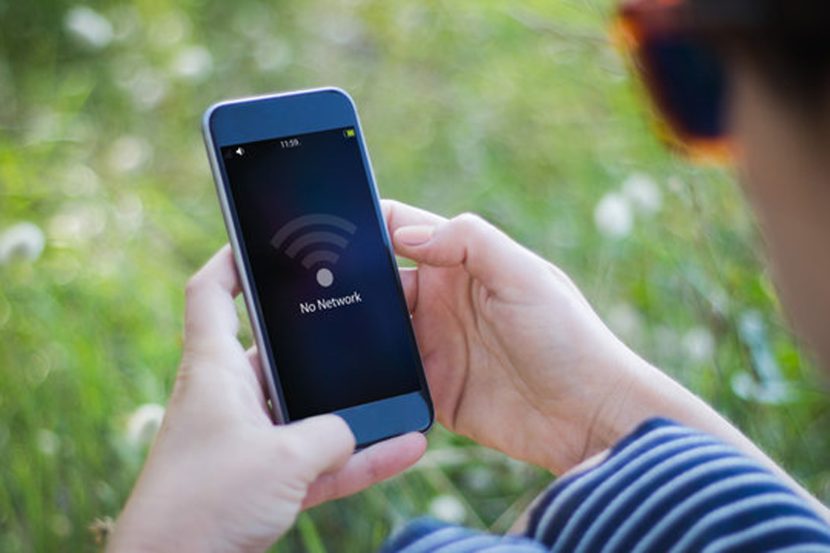Admittedly, a slow internet connection and a poor mobile signal can be one of the most annoying things when trying to get some work done smoothly and on time.
It can be demoralizing every time you get a notification that someone tried to call you over an important and urgent matter but could not reach you on time.
As more business organizations are adopting flexible working – and a larger number of businesses are heavily reliant on mobile signals and the internet for their operations – these occurrences pose more and more challenges to employee productivity and business profitability as a whole.
Often, the large walls and modern materials used in construction are the culprits behind poor mobile signals, as they block the waves from reaching the staff members inside the building.
For this reason, you will find dead zones or “not spots” common in many office buildings.
Luckily, there are numerous effective ways of dealing with mobile signal problems at work, preventing them from degenerating into bigger problems later on.
Once you have conclusively addressed the signal and internet reception issues at work, you will minimize the chances of experiencing missed calls and improve the business’s productivity and profitability in the end.
Are you curious how these solutions guarantee reliable and consistent mobile connectivity in every corner of your office building and how they work? Allow us to introduce to you mobile signal boosters for commercial establishments…
Mobile signal boosters are unique devices designed to boost the signal in any building and guarantee that you have access to steady and reliable connections to improve the operations of your business.
You will only need to install a mobile booster for commercial purposes if you want to support as many phones as you require. A commercial mobile booster will help you eradicate all those missed calls and not-spots, which are often a great source of frustration at the workplace.
Different configurations are available for mobile boosters for various users and building sizes. The technical team can offer a mobile booster strong enough to provide a strong signal in the most uniquely- designed buildings you can ever encounter. We will also explain how mobile signal boosters work:
The best part of our mobile signal boosters is that they do not require any noticeable antennae or risky cable connections to function effectively. Below are the steps we follow when installing a mobile booster for you:
1. Site Inspection And Survey
Following an initial site inspection and survey tour, we will determine the correct position to install the different parts of the infrastructure required to support the functioning of the mobile booster.
2. Installing a donor antenna
The next step involves the installation of the subtle donor antenna on a high point of your building to help receive and transmit the signals you require from the closest signal tower. On the other hand, there are available 5g boosters in UK that will take the mobile signal that surrounds your building and bring it inside, distributing it throughout the building to significantly improve the mobile signal.
3. Connecting Antenna Cables
We lay and connect coaxial cables that link the donor antenna and the network unit (a repeater) inside the building. These cables transmit signals.
4. Installing A Network Unit
Next, we install a network unit that amplifies and conditions off-air signals in manifold frequency groups as a signal source.
5. Laying Of A Coverage Unit Cable
We rely on an optimised CAT 6 cable to connect the network unit to the coverage units installed in other building parts.
6. Installing Coverage Units
Finally, we install refined remote units in the various parts of the building where you need to experience stronger signals, such as the underground car park and various building floors. The coverage units work by converting and amplifying the mobile signal.
The Main Considerations To Make When Selecting A Mobile Signal Booster
When determining the booster you require for your building, consider the square footage of the building area you want to cover. Since you want to cover only some spaces in the building, you will need help figuring out the strategic areas that need this support.
We measure mobile signals in decibels (dB). The work of the mobile boosters is to increase the dB of the signal you get and to expand its coverage inside the building. The greater the dB gain, the wider the coverage will be.
